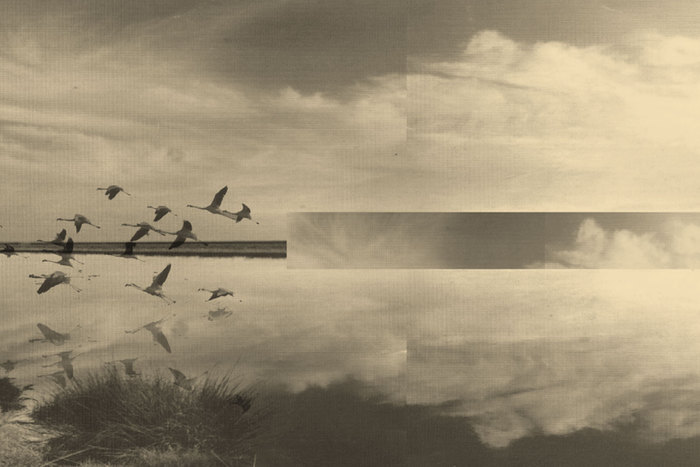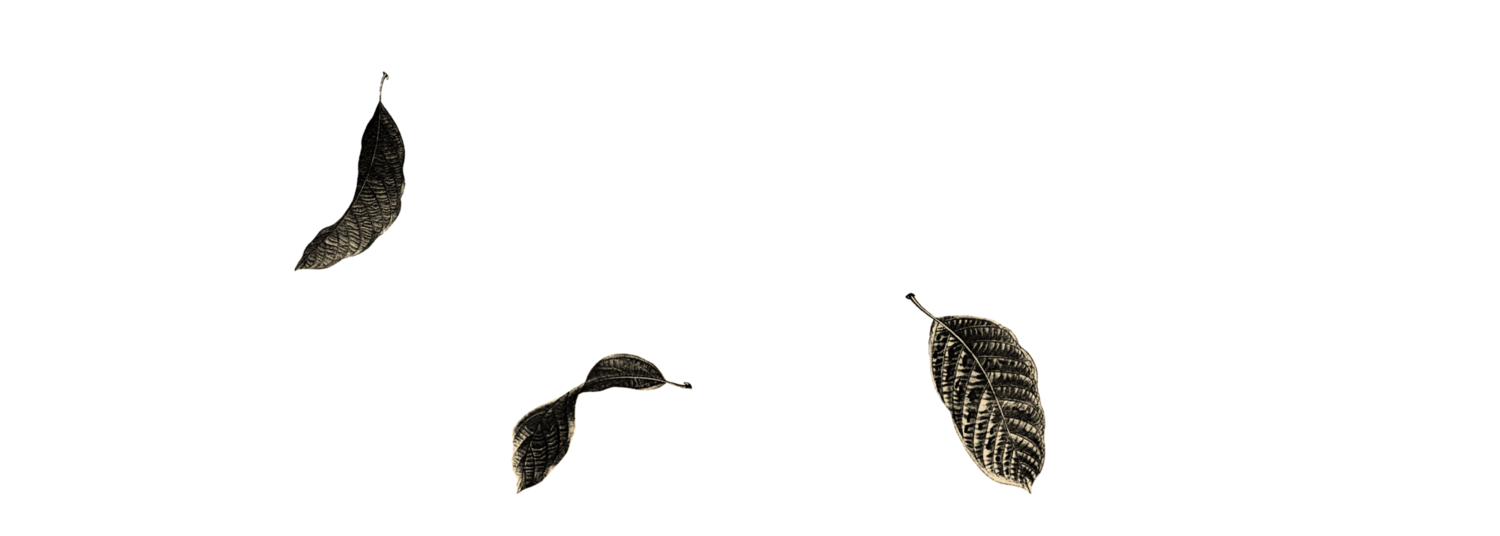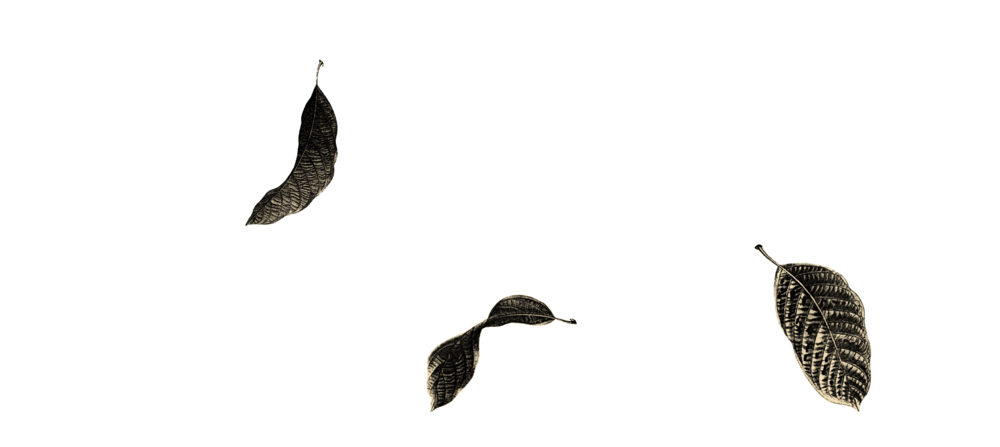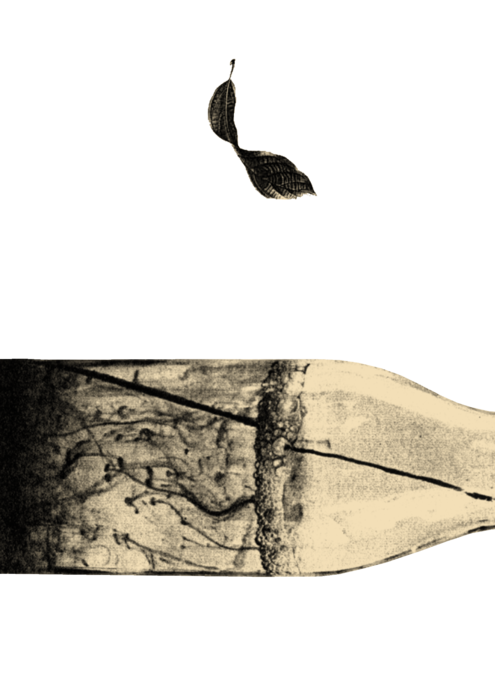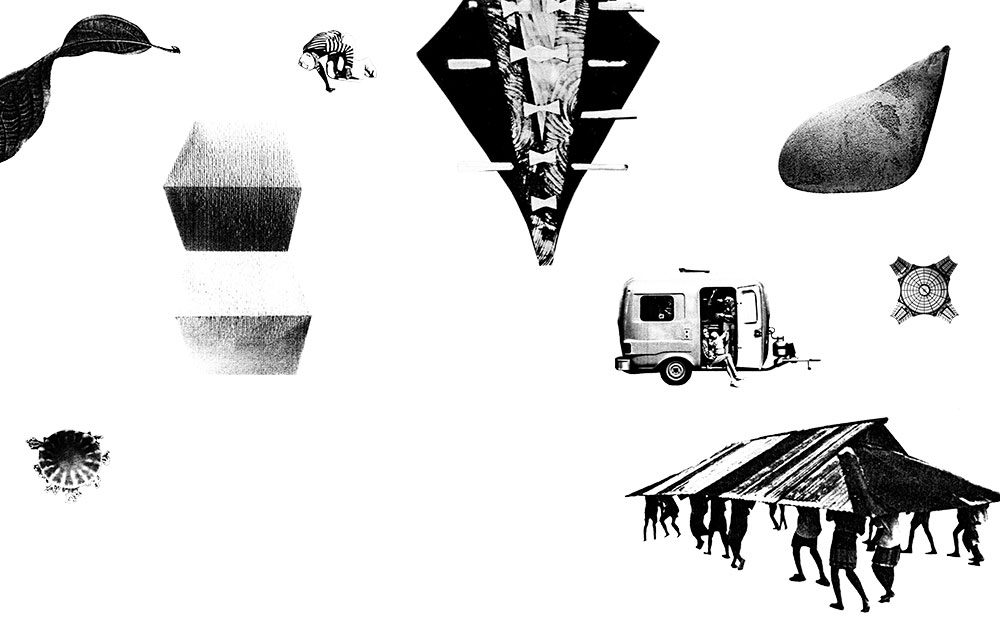In 1964 Buckminster Fuller was commissioned by the United States Information Agency with the design of the United States pavilion and the corresponding exhibition for the 1967 World Exhibition in Montreal. Fuller’s initial proposal was a full immersion into his world. It consisted of a geodesic dome of 122 metres of diameter with a computer facility in its basement and a 33 metres large detailed globe suspended inside the dome: the whole pavilion was a model of Spaceship Earth.
The exhibition consisted of an experimental didactical experience. Visitors entered the building and reached a great balcony, which was placed along the whole perimeter of the dome. From here a marvellous transformation was visible: periodically the round globe transformed into an icosahedron before opening mechanically along some of its triangular edges, unfolding progressively until becoming a dymaxion map which was then lowered to the ground. The whole device was covered with small light bulbs and the resulting screen was animated by the computer to represent accurately a variety of georeferenced data in a series of drawings.
The visitor, by entering the atmosphere of the dome, would have had either the experience of being some sort of Sputnik circulating around the globe taking measurements of a section of the earth and experiencing a space where everything is connected, but at least half of it is hidden or of a scientist observing the space of a map, where everything is present at the same time on the same plane. Fuller took great care that in the transformation between these two geometric states no visible change in relative size and shape of land and water masses took place in order to keep all the relations intact.
The computer which controlled the light bulbs was fed with a database containing an inventory and related location of all the known resources of the earth such as data on population, shipping lanes, railroads, airways, major international airports, transoceanic cables, satellite communication ground stations, television receivers, colleges, literacy, food distribution (vegetable & animal food production), food movement (rice), centres of manufacturing and commerce, earthquake zones and stable land masses, copper sites, energy slaves, thermal electric plants, hydroelectric stations, potential energy sources such as wind, tidal currents and interconnecting electric grids. Confronted with these information visitors were invited to play the World Game. They had to develop and verify hypothesis of how to make the world work successfully for everyone.
In the World Game the concept of the resource expanded the notion of the material from physical materials to metaphysical materials or said differently from the visible to the invisible. Between the different resources there was no stable hierarchy. The aim was not to understand visible links such as between airports and airways, but rather to discover invisible links such as between satellite communication and the transportation of rice or between literacy and earthquake zones instead. Ultimately the combination of visible and invisible relations was nothing less than the application of the theory of ecology to the realm of design. Everything known was included in the inventory, because everything had the same importance and hidden links had to be discovered and effective experimental control pattern to be devised.
Buckminster Fuller, as a proficient sailor and navy officer, saw the world around him as a series of currents, flows and energies, of elements which had no fixed state and which had to be drawn in order to be understood. This is why for him geometry was part of physics. The energies, currents and flows produced through material settings were transformed into drawings which is to say into spatialised data in order to be able to measure them, understand their scale and quantify them. But for him this empirical geometry was not only a way to understand the world through drawings and maps but also a way to imagine the world through prototypes and experimental structures.
The broad definition of the material realm as required by an ecological understanding of the world did not require a preoccupation with weight but with force instead. This fundamental shift in design led to a continuous investigation on self-stabilising systems and, in the area of physical structures, to the invention of tensegrity. When the world is understood as a series of systems through which currents of energy flow continuously, the principles, which have to be applied change. Consequently Buckminster Fuller aimed at doing the most with the least proclaiming: ‘don’t fight forces, use them!’
When everything is connected with everything and everything is constantly in movement it becomes clear that it is precisely the flow of energy through a system, which acts to organise that system. If design wants to be effective in shaping this world, it has to be able to device an intervention that controls the flow of energy. In this situation an effective intervention is not related to dimension and can even be effective from a distance altering fundamentally the paradigms of design. A fact, which Buckminster Fuller illustrated by describing the way the cruiser Queen Mary was manoeuvred. This ship with its 82,000 tons did not change direction because of the rudder, which would have been too heavy to be moved, but because of a small trim-tab attached to it. By stirring the control wheel the tiny trim-tab changed its orientation and produced an under-pressure which pulled the main rudder in a new direction and consequently let the ship change course. The control parameter was under-pressure and the control device was the trim-tab.
Between 1962 and 1964 Cedric Price worked on a proposal for an extension to the American Museum: an auditorium to be placed on the grounds of Claverton Manor in Bath.
For this place, characterised by trees and lush meadows, Price designed a dome made out of fiberglass, which hovered over the ground. Underneath the dome there was a precisely designed terrain consisting in a stage and a series of 5 oversized steps, which were contained inside the ground itself. Colour coded clip-on seats were distributed together with the ticket and could be placed where the spectator wanted them. With the dome raised, no separate entrance was needed, as the whole dome functioned as a closure by being lowered prior to the performance or when not in use. With access to the auditorium provided from all directions, the auditorium was not related primarily to the existing building, but to the whole park instead. As a result the visitors could, during pauses, enjoy a stroll through the park and revel in the spectacle of the nocturnal canopy above them and around them.
The Dome itself consisted of a geodesic structure with a fixed external envelope and a second internal surface, which could be adjusted for acoustic control.
Price aimed at reducing architecture to the minimum. Minimal not in the sense of a minimal expressive form, some sort of Calvinistic gesture, but as related to the minimum necessary structure, which is something completely different. In fact the visit to a performance at Claverton Manor would have consisted in one of the most luxurious experiences imaginable, a breath-taking adventure at night with the auditorium resembling a glowing stationary flying saucer, which had landed in a park. The visit alone was already a play.
This interest in minimal structure, in new materials, in new technologies, in performance, which is not the same as function, was Cedric Price’s assault at a kind of architecture, which had become disengaged with society. He aimed at nothing less than the dismantling of architecture in its present form into an unconventional system, which once again could become relevant to society.
His preference of the smallest possible intervention, his attitude of pursuing the path of least resistance with his designs, replicated the approach of Buckminster Fuller, who was profoundly influential to him. This attitude is expressed perfectly well in his drawings, which concentrate on the performance of things and always resemble small physical inventions, facilities rather than buildings.
The approach was strictly problem solving, free from the constraints of form. Here form was the result of performance, of forces and this was emphasised by the fact that his buildings usually had a price and due date attached to them.
These designs and drawings are defined by a process of problem-understanding and question-asking. Here everything could be a potential resource for an architectural design. When the UK government during the 60s started to build universities all over the country, Price criticised the approach as not up to date with the contemporary information society, where data is accessible with ease almost from anywhere. Why to produce giant closed castles, which remain fixed to a certain place if people and knowledge were flowing? His counterproposal was the project for the Potteries Thinkbelt: a radical invention which combined two different problems in order to solve them both at the same time. Instead of placing a traditional university building in a central location and by doing so producing indirectly a series of territories without higher educational services he focused on a territory north of London which used to be a centre of mining, but suffered an economical slowdown. All the facilities of the mining industry were still in place even if in disuse, such as the railway network. In a game changing move he proposed to transform the railway system into a university facility. Different services could be placed on the train, certain services could be put along the train tracks, but – what was more important – already existing structures and services could be put to new uses. A student would not have to commute to the university by train, but could study in the train: an ingenious solution. This is architecture not as the tired repetition of consolidated ‘solutions’, not an architecture of typology and form – a university building in an urban context – but architecture of the beneficial change, where an untapped strategic potential of the environment is recognised, discovered or produced through the instruments of architecture. Architecture is understood as a ‘peaceful design revolution’.
For Price and Fuller the world exists in its entirety as a highly complex system. Everything is a potential resource; there is untapped potential everywhere. Just like Buckminster Fuller, Cedric Price ‘works from the visible to the invisible very rapidly’ and I have to add: Back again!
They extract a drawing from a phenomenon; they identify a control information and corresponding control pattern. They proceed from information through imagination to implementation and the resulting intervention is always an invention, a small revolution.
When the construction of a museum for Liverpool was discussed, Price suggested to reuse the Queen Mary that had been towed there. No museum and exhibition was needed, the only thing which he added was a hydraulic system which was to be built underneath the ship, making it possible to experience the luxury of a trip across the Atlantic while being in the port, some hundred metres from the shore. A ship to be dismissed was a resource instead, a potential attraction of global scale. This is the architecture of the trim-tab, which consists in creating some sort of under pressure in the world, a dome, a bridge, a temporary roof made out of balloons, a university on a train. A small intervention acts on the flow of things and by producing under pressure locally it is able to shift things globally.
Stephan Jung
SAFT 08 RESOURCES
is also available as part of:
